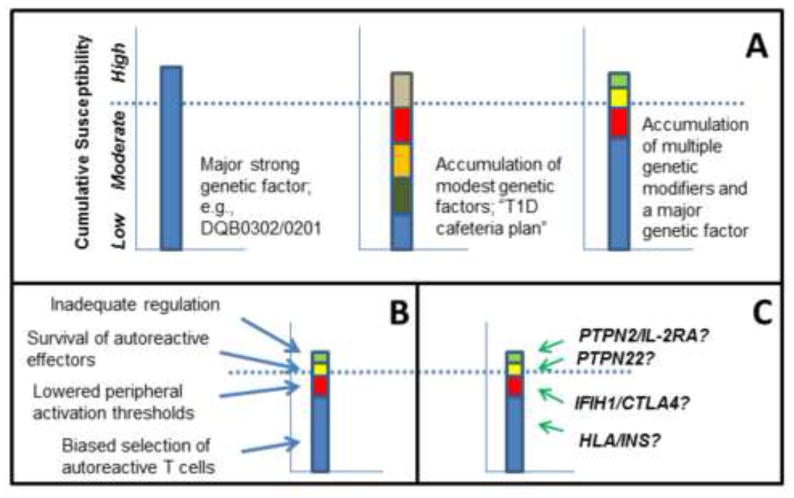Figure 2. Building blocks of T1D susceptibility.

T1D, like most other autoimmune diseases, occurs predominantly on a background of genetic susceptibility that is a result of several genetic elements. Presence of a high risk genotype, such as HLA-DQB1*03:02/*02:01 is sufficient to pass a susceptibility threshold (A, left panel). An alternative scenario involves multiple genes, each with moderate contributions to functional pathways, which in combination surpass the threshold barrier (A, middle panel). The most common combination of genetic risk in T1D is represented by the third model, in which HLA contributes most of the risk, but other cumulative contributions from moderate risk genes also participate (A, right panel). Functional mechanisms that facilitate the generation, survival, and activation of autoreactive cells are represented in (B), illustrating the concept that multiple steps in the progression of autoimmune disease are required and are cumulative or synergistic in reaching a clinical threshold. Specific genetic variation is tied to particular steps in this functional progression, as indicated in the speculative, but plausible, relationships shown in (C).
